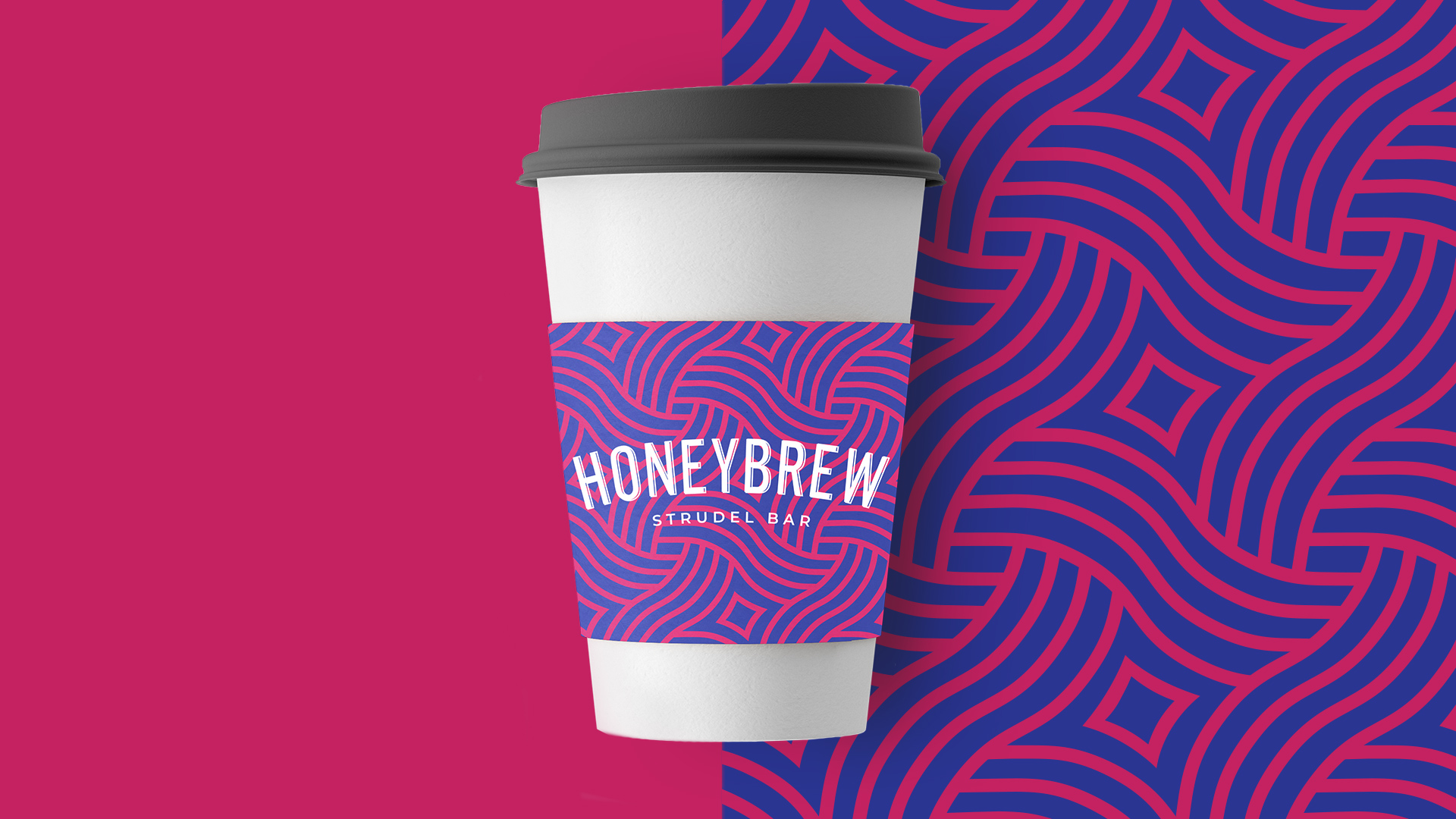In our last post on behaviour marketing, we discussed tailored advertising or content based on a user’s prior activities and habits, but now we’ll dive deeper into the psychology of branding. Because why are there brands in the first place? Sugar is just sugar. Right?
Wrong. Because even if a buyer has no intention of making a purchase, the allure of product packaging can inspire spontaneous buying. This study uncovered compelling evidence in support of the influence of packaging design:
1. Attractive packaging elicited more intense activity in brain regions linked with impulsivity than neutral packaging.
2. Neutral packaging elicited more brain activity responsible for reflective thought than attractive or ugly packaging.
3. Attractive packaging elicited reward responses in the brain, but ugly packaging elicited negative emotion-related responses.
So, how can this evidence be used to create the most successful brand and packaging strategy?
Using Colour Theory
According to a widely referenced study titled “The Impact of Color on Marketing,” consumers form an unconscious judgement about things within only 90 seconds of seeing them. The bulk of these people judge these items solely based on colour: over 85% of customers name colour as the primary reason they buy a certain product, and 80% feel colour promotes brand awareness.
Using the Essence of Touch
According to Harvard Business Review, physically handling things can establish a sense of psychological ownership, driving must-have purchasing behavior. The research indicated that water delivered in a strong cup was viewed as better than the water of the same quality provided in a flimsy cup. In another instance of this research, customers are more likely to respond positively to a take-out cup packaging because of its playful nature and design. It may fool their brain into thinking that the drink inside that cup is sweeter than it actually is.
This is only the tip of the iceberg in terms of how much psychology is employed in branding and packaging. But the basic fact is that using your customer’s innate psychological prejudices to influence their choices greatly increases the likelihood that your package will be the one that catches their attention.
So, how significant is branding? Why do we, as customers, continue to fall for it?
Reliability, Authenticity and Unique Content from Brand Ambassadors
We all have opinions on what we see and hear, and we like sharing them with others. In our increasingly social culture, we have more opportunities than ever before to share the worth of our experiences.
According to a Nielsen survey, 92% of consumers trust recommendations from family and friends much more than advertising. Personal testimonials, such as those made by brand ambassadors, are among the most reliable sources of information. Because ambassadors have used your products, they’ll share your brand with others using their own words and opinions. This authenticity from a real consumer is what leads to further conversions.
Ambassadors generate material that highlights your business, whether it’s a social media post, a blog piece, or a positive review. As long as you provide them with the right information, you can sit back and watch as they create new content in their own unique way.
Creating a brand-driven marketing plan is one of the most essential things you can do for your company, whether it is big or small. Developing a strong, distinct brand is fundamental for converting prospects into consumers. To solidify your marketing strategy, initiating an ambassador program will further strengthen your brand’s position in the market.
Check out some of our most recent branding work here and our strategy here.



